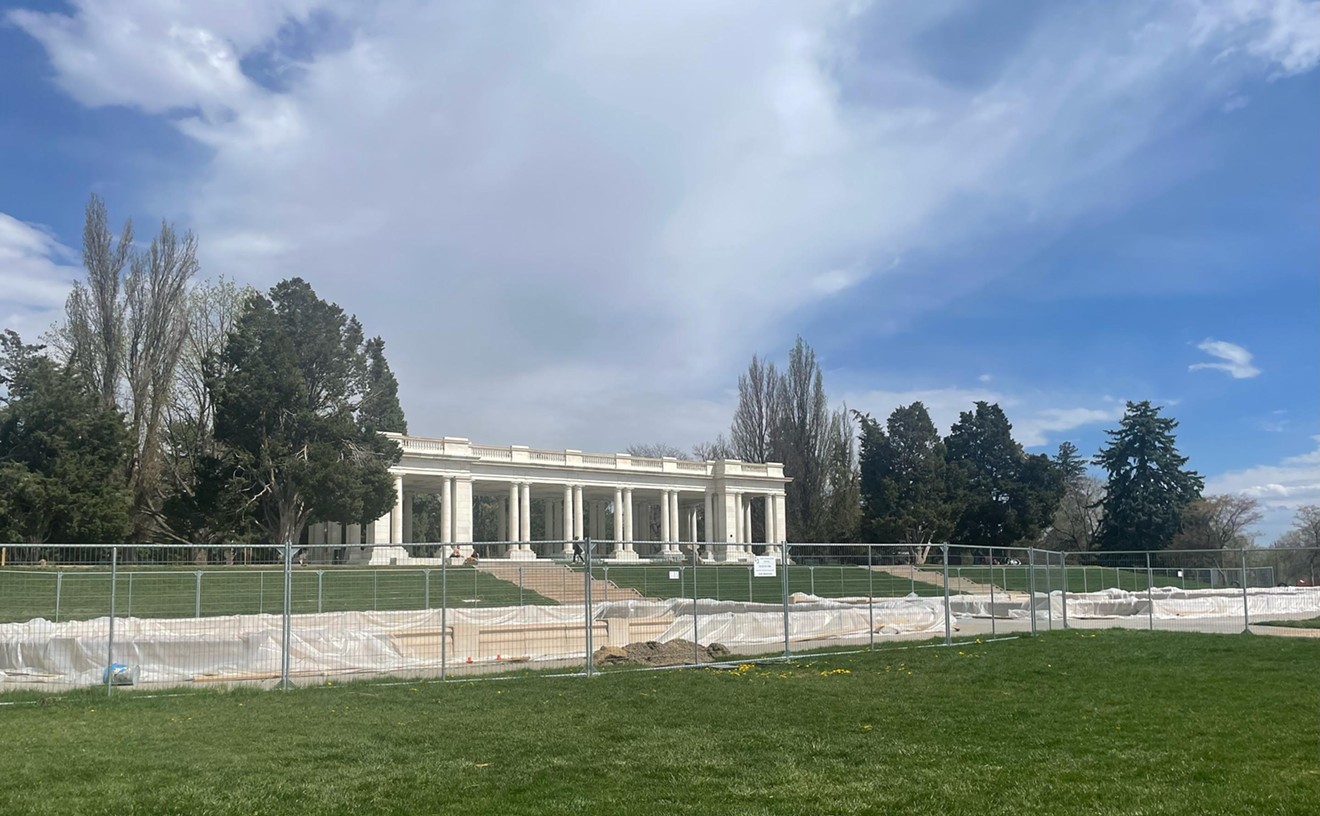With help from the folks at Medicinal Colorado, Westword uncovered the original 1917 measure in the Colorado State Archives. It reads:
"An act to declare unlawful the planting, cultivating, harvesting, drying, curing, or preparation for sale or gift of cannabis sativa, and to provide a penalty therefore.
"Section 1. Any person who shall grow or use cannabis sativa (also known as cannabis indica, Indian hemp and marijuana) that he has grown shall be deemed guilty of a misdemeanor and on conviction shall be punished by a fine of not less than ten nor more than one hundred dollars, or by imprisonment in the county jail not more than thirty days, or by both such fine and imprisonment in the discretion of the court."
According to Lance Christenson, the micrographics archivist at the Colorado State Archives, one theory about why the bill was enacted ties it to civil insurrection in Mexico. "It was aimed to hurt the funding of Pancho Villa's forces," he says. "He was using the marijuana to fund his army."And Mexico definitely played a part in the measure, says Henry Whiteside, author of Menace in the West: Colorado and the American Experience With Drugs 1873-1973. "Somebody believed marijuana was the distinctive vice of Mexican migrants and was looking for evidence of it, as was the case with most drug legislations," he says. "I think what you see there [Las Animas County] is longtime established Spanish families in the southern tier of the state wanting to distance themselves from laborers coming from Mexico."
After the law was passed, though, there weren't many arrests of those migrants -- perhaps because there wasn't much of a problem to begin with. Whiteside saw a police blotter dating from just after the law passed in 1917, documenting the list of people arrested for marijuana: "Out of forty names, maybe only seven or eight were clearly Hispanic," he says.
Here's a look at the bill.










